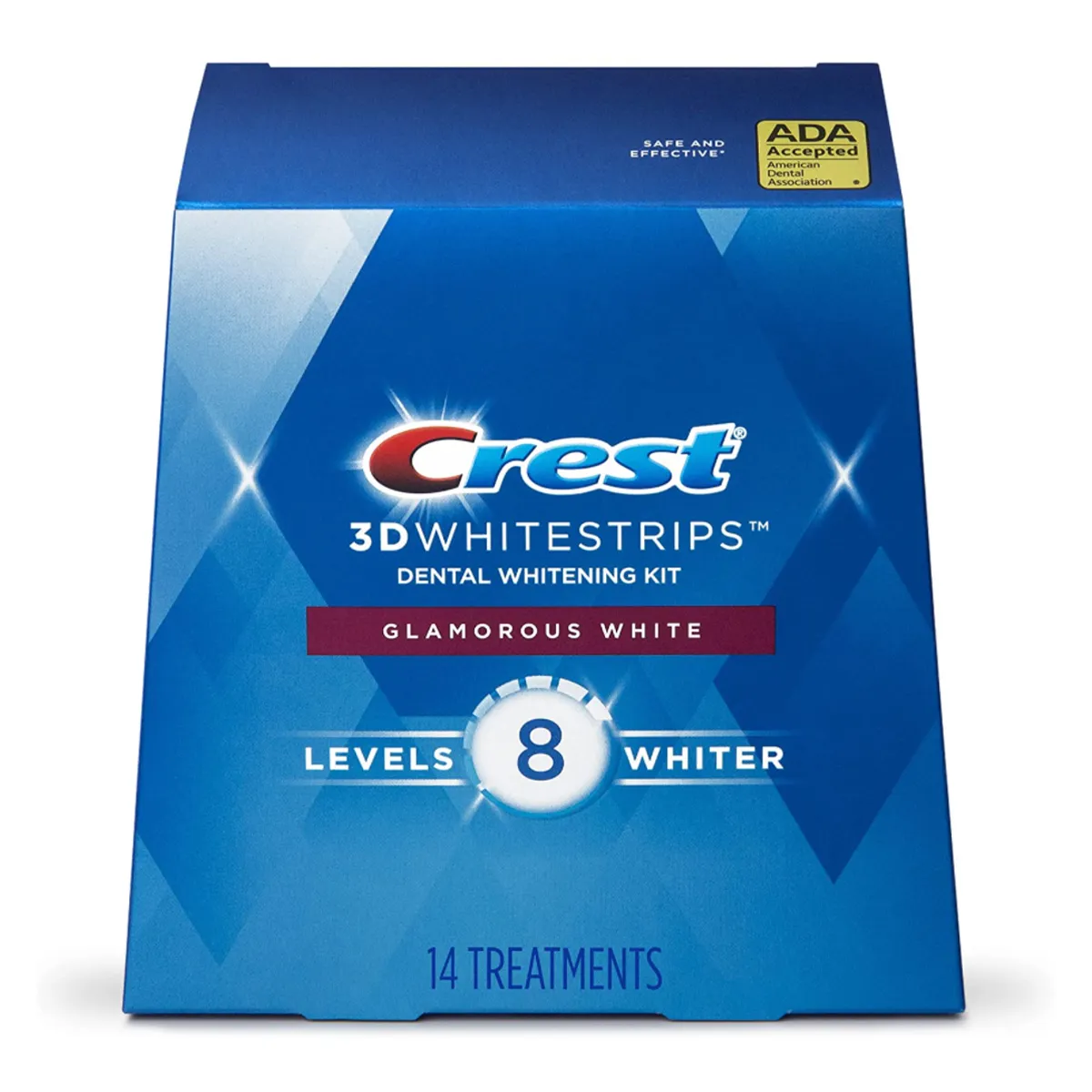Understanding Teeth Whitening Products
Teeth whitening has become a hugely popular cosmetic procedure, with a vast array of products available promising a brighter, more confident smile. But what exactly are these products, and how do they work? The fundamental principle behind teeth whitening is the removal of stains and discoloration from the enamel of your teeth. Stains can be caused by a variety of factors, including coffee, tea, red wine, tobacco use, and even certain medications. These stains accumulate over time, leading to a dull or yellowed appearance. Teeth whitening products contain active ingredients, most commonly hydrogen peroxide or carbamide peroxide, which penetrate the enamel and break down the stain molecules. The effectiveness of these products varies depending on the concentration of the active ingredient, the method of application, and the severity of the staining. Understanding the different types of teeth whitening products available is the first step in choosing the right one for your needs. Additionally, consulting with a dental professional can provide valuable insights and ensure the safety and effectiveness of your chosen method.
Types of Teeth Whitening Products
The market offers a wide selection of teeth whitening products, each catering to different preferences, budgets, and levels of staining. These products can be broadly categorized into several types, each with its own unique features and mechanisms of action. Understanding these distinctions is crucial for making an informed decision about which product is right for you. From over-the-counter options to professional treatments, you have multiple choices to consider. Remember, consulting a dentist can help tailor the approach to your particular needs and ensure the best results.
Whitening Toothpastes
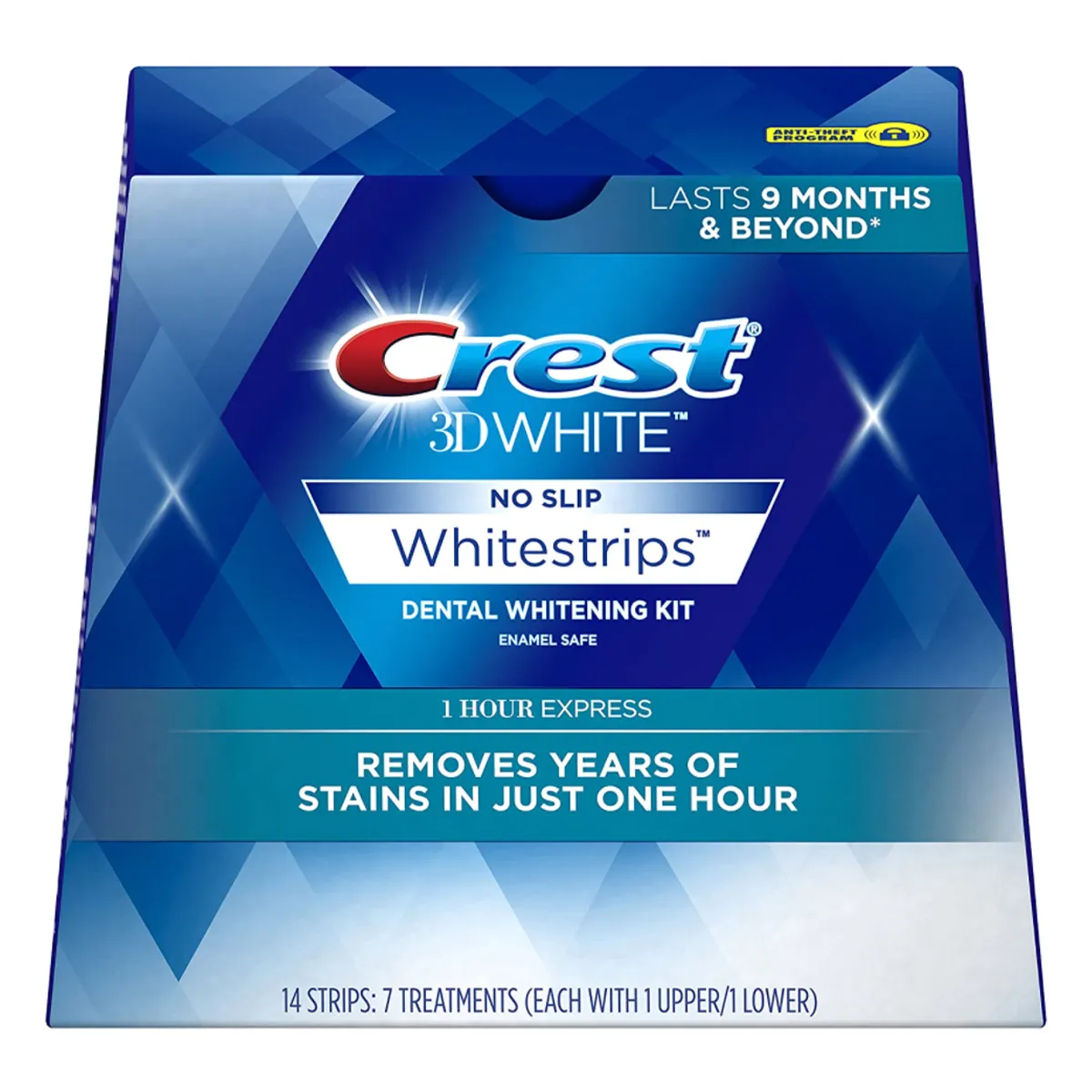
Whitening toothpastes are perhaps the most accessible and affordable option. They typically contain mild abrasives and chemicals that help to remove surface stains. However, they generally don’t change the intrinsic color of your teeth. While they can improve the brightness of your smile, the results are often subtle and limited to surface stains. Consistent use is required to see noticeable improvements. They are best used for maintaining the brightness of your teeth after a professional whitening treatment or as part of a daily oral hygiene routine. It is also important to note that some whitening toothpastes may be abrasive and could potentially damage the enamel if used aggressively or for extended periods. Look for toothpastes that are designed for sensitive teeth to avoid any discomfort.
Whitening Strips
Whitening strips are a popular and convenient choice, featuring thin, flexible strips coated with a peroxide-based whitening agent. They are applied directly to the teeth for a set amount of time each day, typically for a couple of weeks. The peroxide penetrates the enamel and helps to break down deeper stains, leading to more noticeable results than whitening toothpastes. They are generally effective and easy to use, making them a favorite among those seeking at-home whitening solutions. The degree of whitening achieved with strips can vary, so it is always best to follow the instructions on the packaging. Always consult a dentist, especially if you have sensitive teeth or have any concerns.
Whitening Gels
Whitening gels come in various forms, including brush-on applicators and trays. These gels contain a higher concentration of peroxide than toothpastes or strips, allowing for more effective whitening. Brush-on gels are applied directly to the teeth, while tray-based systems involve custom-fitted or pre-formed trays filled with gel, which are worn for a specific duration. The application method and the concentration of the active ingredient will influence the results. For those with sensitive teeth, it’s essential to select a gel that is designed to minimize discomfort. Consulting with a dentist can guide you in choosing the proper gel. It can also provide guidance on how to use the gel for optimal results.
Professional Teeth Whitening Options
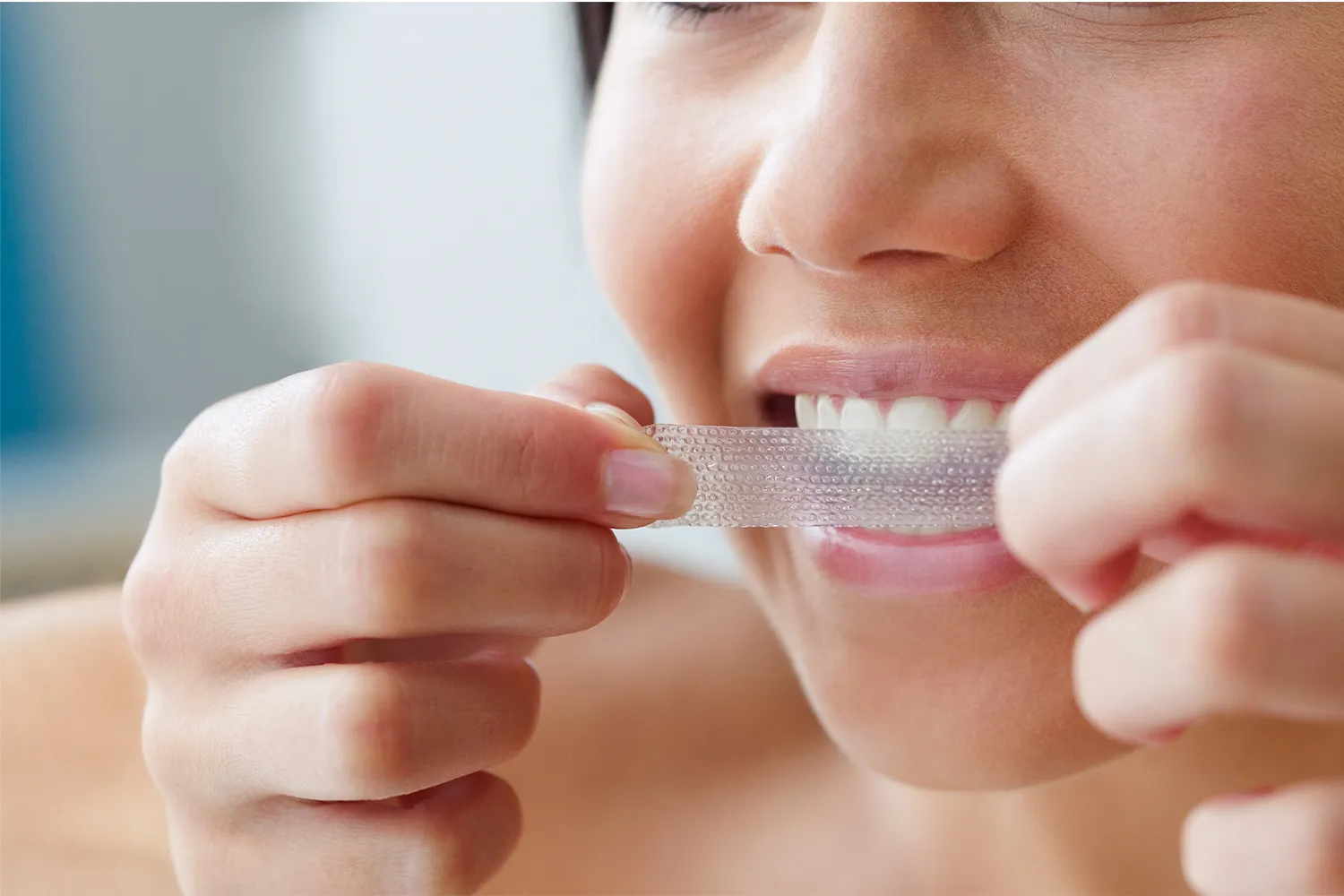
For the most dramatic results, professional teeth whitening options provided by a dentist are often the best choice. These procedures use higher concentrations of peroxide, and they are often combined with special lights or lasers to accelerate the whitening process. Professional whitening can address a wide range of discoloration, from surface stains to deeper, intrinsic issues. There are two primary types of professional treatments, in-office whitening and at-home trays. Both approaches offer a level of efficacy that is difficult to match with over-the-counter products. Consulting your dentist helps determine which option is best suited for your individual needs and will ensure the safety and long-term health of your teeth.
In-Office Whitening
In-office whitening involves a single or multiple sessions at the dentist’s office. Your dentist will apply a high-concentration whitening gel to your teeth and use a special light to activate the bleaching agents. This method typically yields the most immediate and dramatic results, often whitening your teeth several shades in just one visit. The dentist will also take steps to protect your gums and soft tissues. This approach offers the highest level of control and efficacy. Since the procedure is performed under professional supervision, the risk of side effects is minimized. The result is a brighter, more youthful smile. It’s also recommended to discuss the results with your dentist and to create a plan for maintenance and aftercare.
At-Home Trays
Your dentist can provide custom-fitted trays and a professional-strength whitening gel to be used at home. This approach allows for greater flexibility, as you can whiten your teeth at your convenience. The trays are designed to fit your teeth precisely, ensuring even coverage of the whitening gel and minimizing the risk of gum irritation. The results typically appear gradually over a few weeks, and the degree of whitening is significant. Your dentist will provide instructions on how to use the trays, the duration of use, and how to address any sensitivity or side effects. Although it takes longer than in-office whitening, at-home trays can provide excellent results and are a more affordable option.
Top 5 Teeth Whitening Products
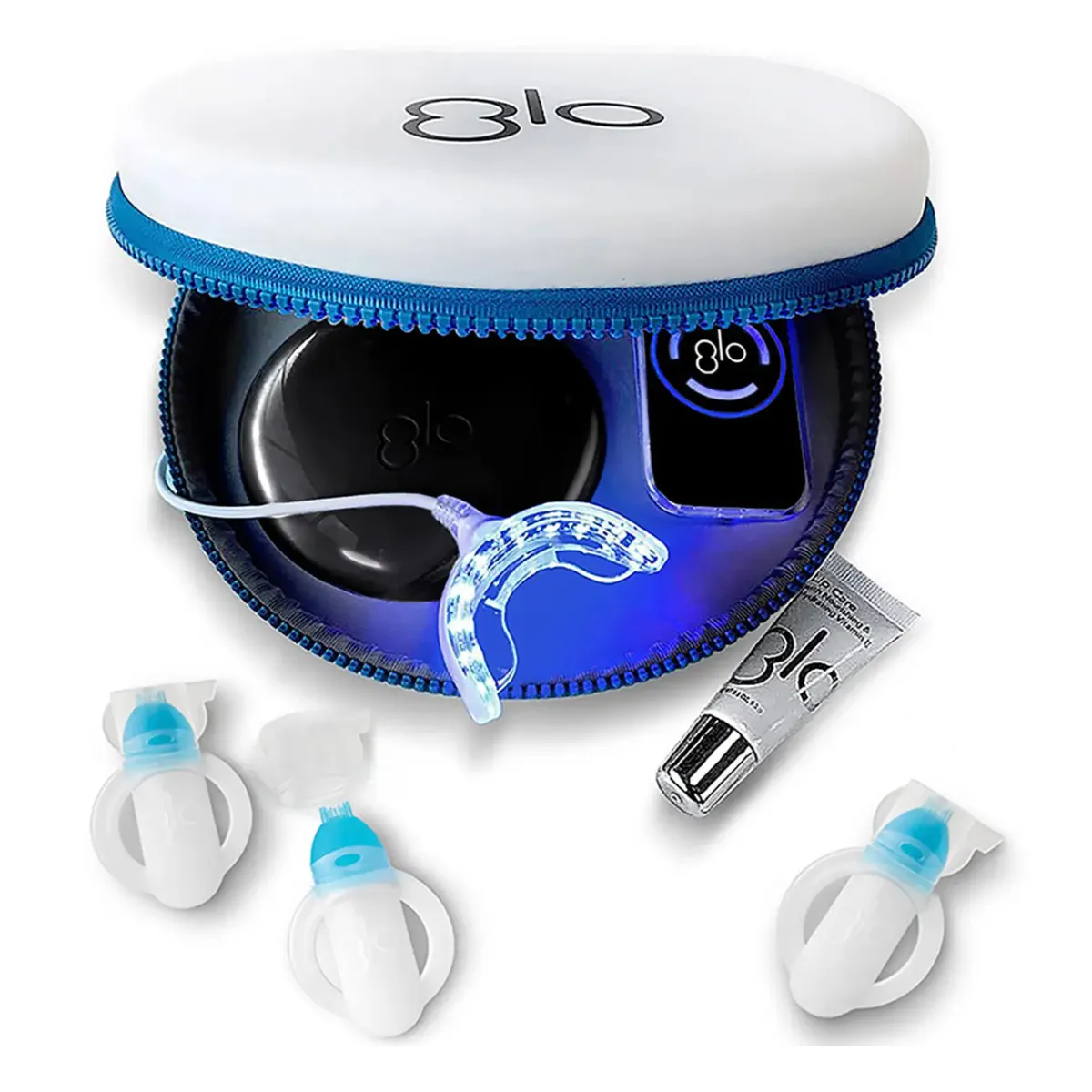
Choosing the best teeth whitening product can be overwhelming, given the sheer number of options available. Here’s a curated list of top-rated products, each with its own advantages. These selections consider effectiveness, ease of use, customer reviews, and overall value, to give you a clearer view to a whiter smile.
Product 1 Best Whitening Toothpaste
For those seeking a simple and affordable solution, a top-rated whitening toothpaste can be an excellent starting point. These toothpastes typically contain mild abrasives or chemicals that help to remove surface stains. When used consistently, they can contribute to brighter teeth. It is not intended to dramatically change the color of your teeth, but it does improve the overall appearance of your smile. For the best results, pair it with other whitening methods.
Key Ingredients and Effectiveness
Look for toothpastes that contain ingredients like hydrogen peroxide or specialized cleaning agents. While the results may be subtle, the overall effectiveness in removing surface stains is positive. Remember that the whitening effects are primarily limited to surface stains, so these toothpastes are best suited for maintaining whiteness rather than for dramatically changing your teeth’s color. If you are seeking a greater change, you may need to consider other whitening methods.
Pros and Cons
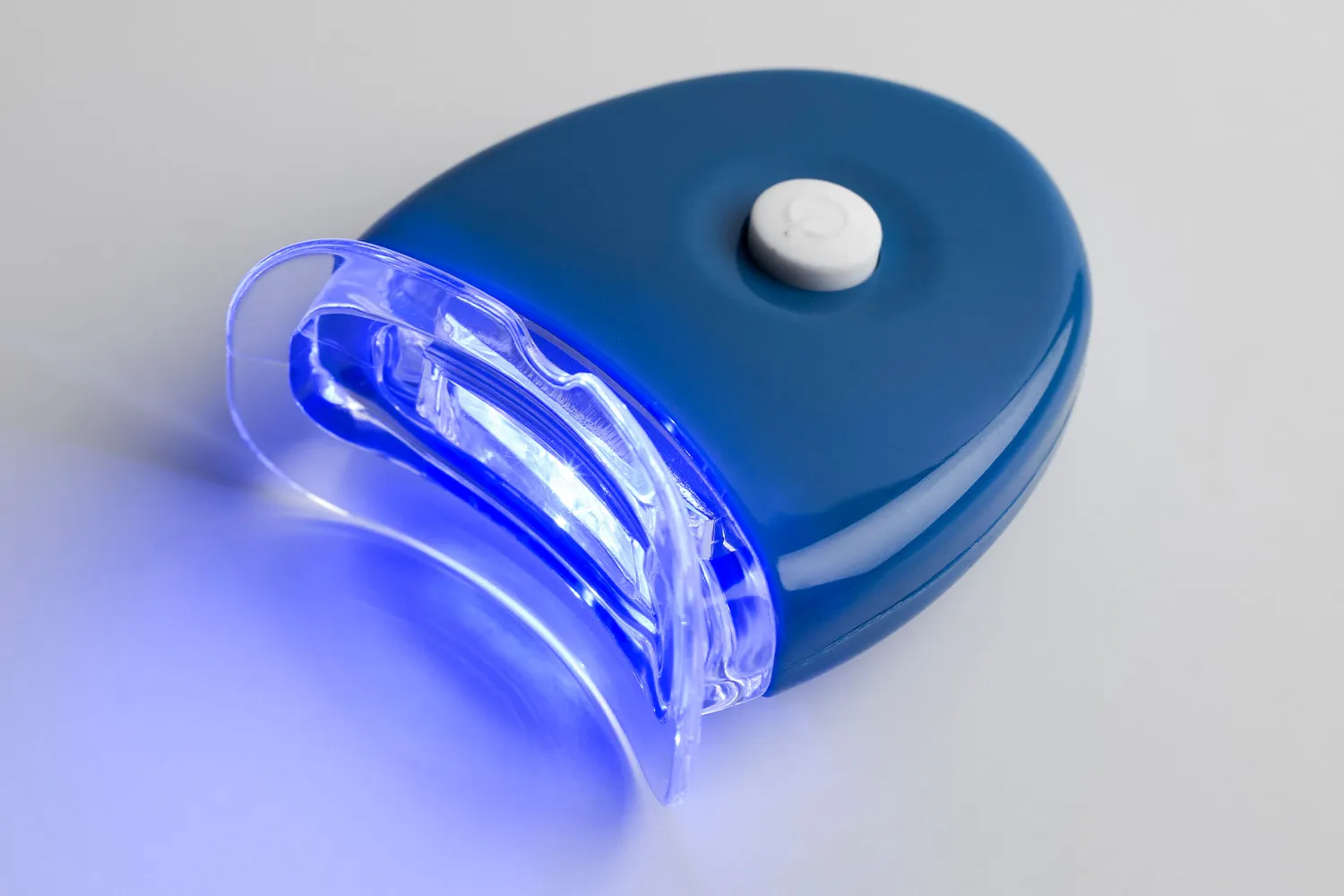
- Pros Cost-effective, readily available, and helps maintain whiteness.
- Cons Results are subtle, not suitable for deeper stains, potential for enamel abrasion with aggressive use.
Product 2 Best Whitening Strips
Whitening strips are a popular and effective option for achieving noticeable results at home. They are easy to use, convenient, and provide a visible improvement in tooth whiteness. These strips adhere to the teeth and deliver a controlled dose of whitening agents directly to the tooth surface, making them efficient and effective for many users. With consistent use, whitening strips can significantly improve your smile, making them a favorite among people looking for an easy at-home method.
Ease of Use and Results
The ease of use is a key factor in their popularity. Simply apply the strips to your teeth, follow the recommended wear time, and remove them. You will often see results within a few days or weeks. It is essential to follow the instructions carefully for the best results. Results can vary depending on the brand and the initial condition of your teeth.
Customer Reviews and Ratings
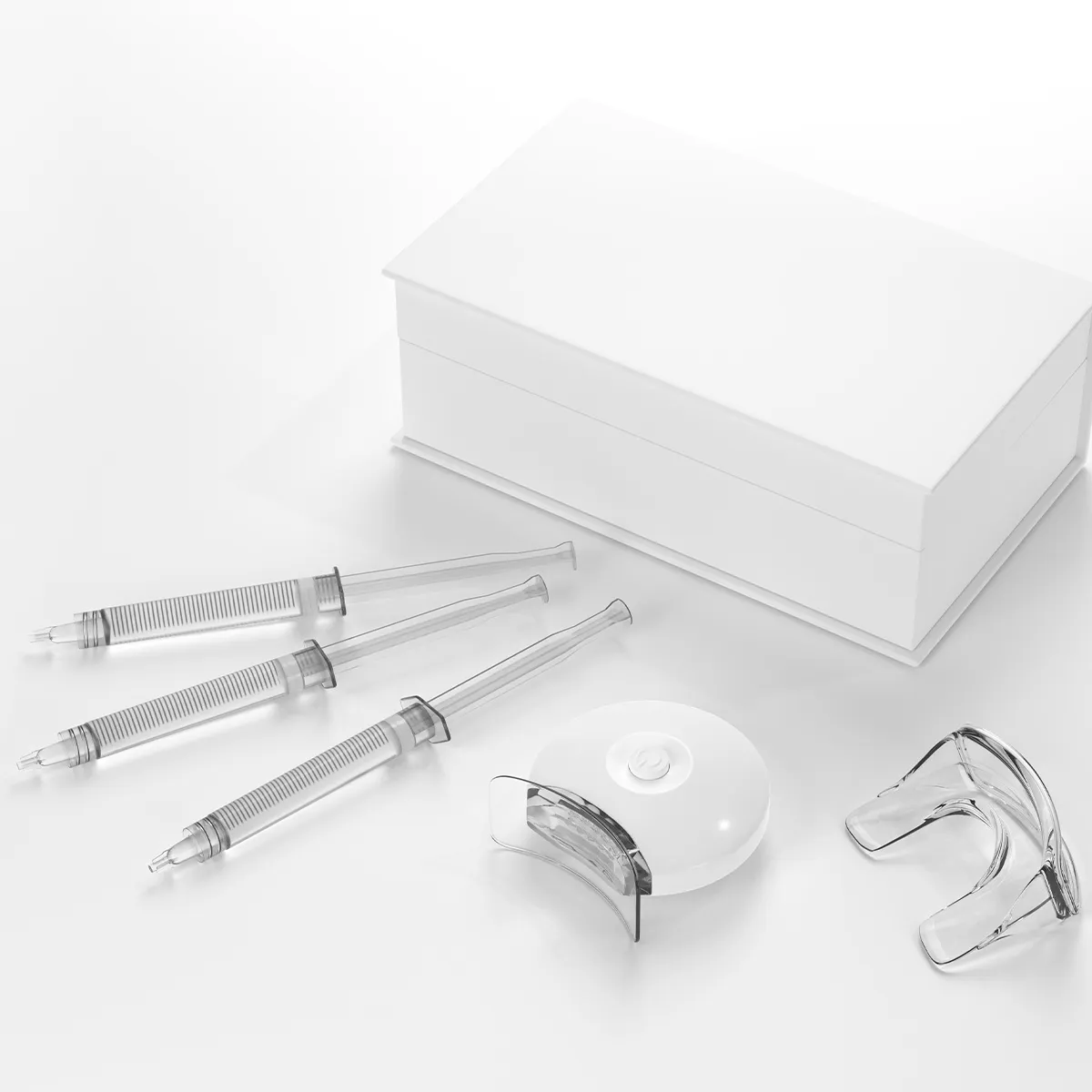
Customer reviews generally highlight the convenience and effectiveness of these strips. Many users report visible improvements in tooth whiteness and improved smiles. However, some users with sensitive teeth might experience temporary sensitivity. Before selecting whitening strips, always look at customer reviews and ratings.
Product 3 Whitening Gel
Whitening gels offer a flexible and adaptable approach to teeth whitening, allowing for both at-home and professional use. You can get brush-on applicators or custom trays to apply the gel to your teeth. The effectiveness of the gel comes from its ingredients. They effectively penetrate and break down the stains within the enamel. This method offers significant whitening results and can be customized to meet the unique needs of different patients. By working with a dentist, you can easily select the strength of whitening gel that aligns with your whitening goals. Whitening gel is often seen as a middle ground, because of its effective whitening and its customization.
Application and Sensitivity
The application of the whitening gel depends on the type of product. Brush-on gels are directly applied to the teeth, while tray-based systems involve filling custom-fitted trays with the gel. During treatment, it is possible to experience some degree of sensitivity, which may be managed by using a desensitizing toothpaste or reducing the frequency of application. Following the manufacturer’s guidelines for application and treatment duration is essential for minimizing sensitivity and achieving desired results.
Before and After Results
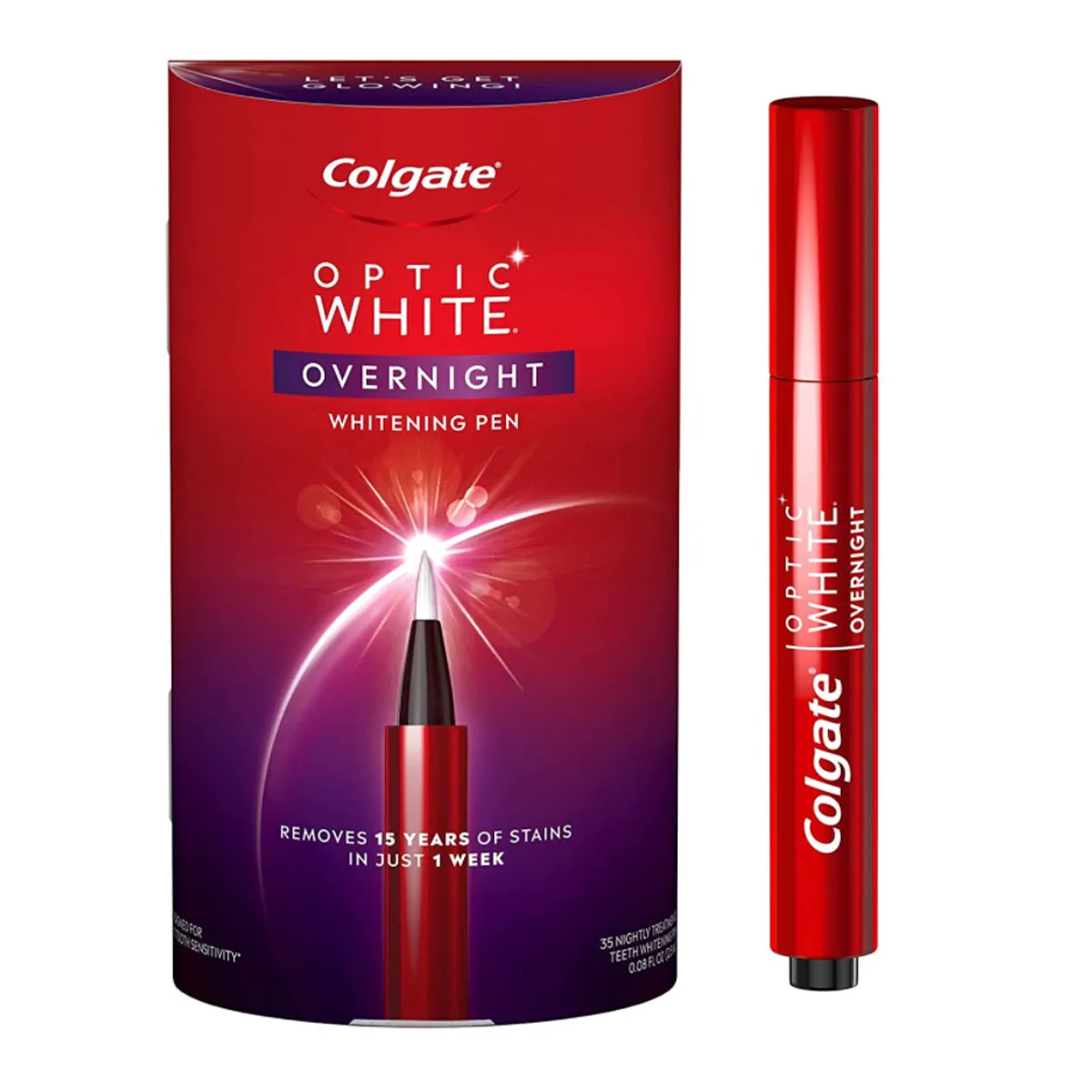
Whitening gels are capable of producing significant and noticeable improvements in the color of your teeth. Results will vary depending on factors like the initial condition of your teeth, the concentration of the whitening agent, and the frequency of application. Before-and-after photos, common with product reviews, can provide a clear illustration of the effectiveness of the products. To achieve the best results, you should consult your dentist to discuss your expectations.
Product 4 Dentist-Recommended Product
Dentist-recommended products often include a variety of professional-grade whitening systems and specialized solutions. These products offer a higher level of effectiveness and are usually designed for use under professional supervision. These recommendations are based on the dentist’s expert knowledge and experience in dentistry. By collaborating with your dentist, you can get a personalized whitening plan. These types of recommendations ensure both safety and efficacy. They will also provide you with the best outcomes. They take into consideration your particular oral health and cosmetic goals.
Professional Whitening Options
Professional whitening options provided by a dentist typically involve in-office treatments or the use of customized trays. In-office procedures utilize a high concentration of whitening agents and are combined with special lights to speed up the whitening process. Professional teeth whitening is proven to be the most effective method for dramatically changing the color of your teeth. Custom-fitted trays will provide a more comfortable and effective application. These products and procedures are designed to produce the most effective and long-lasting results, with the added benefit of expert supervision.
Cost and Availability
The cost of dentist-recommended products can vary significantly based on the type of treatment and the location of your dentist. In-office whitening treatments tend to be more expensive than at-home options. At-home systems using custom trays and professional-strength gels are typically a more affordable option. However, all dentist-recommended products are generally available through dental practices or online. While the upfront investment may be greater, professional whitening often provides the best value. It ensures the safety, efficacy, and long-term health of your teeth, with results that far surpass those achieved by many over-the-counter alternatives.
Product 5 Best Whitening Kits
Whitening kits usually offer a comprehensive approach to teeth whitening, combining different products to maximize results. These kits may contain whitening strips, gels, toothpastes, and sometimes even a blue light device to boost the whitening effect. They provide a convenient way to try multiple whitening methods in one package. This combination allows you to experience different whitening strategies, and it improves your chances of achieving the desired shade. Whitening kits are a great option for those seeking an all-in-one solution. You can easily manage your whitening routine and get a more comprehensive whitening experience.
What to Consider When Choosing
When selecting a teeth whitening product, you must consider several factors to ensure safety, effectiveness, and satisfaction. The initial appearance of your teeth, the sensitivity level, the ingredients, and the budget all play important roles in the decision-making process. By taking all of these aspects into account, you can make an informed choice and select the whitening product that best meets your individual needs and desires.
Ingredients to Look For
The key ingredients in teeth whitening products are hydrogen peroxide and carbamide peroxide, which are both bleaching agents. These chemicals break down stains on the enamel. When selecting a product, note the concentration of the active ingredient. Higher concentrations typically lead to quicker results but may increase sensitivity. Other ingredients to consider include fluoride, which strengthens the enamel and may reduce sensitivity, and desensitizing agents. Before starting any whitening treatment, be sure to consult a dentist to make sure that the product is suitable for your oral health and dental history.
Hydrogen Peroxide and Carbamide Peroxide
Hydrogen peroxide is the most common active ingredient in professional and at-home whitening products. It is a powerful bleaching agent that quickly penetrates the enamel to break down stain molecules. Carbamide peroxide breaks down into hydrogen peroxide and is also used in teeth whitening products. It is often used in at-home treatments because it releases the active ingredient more slowly. The choice between the two can depend on the concentration, the sensitivity level, and the duration of the application. Always follow the manufacturer’s guidelines to minimize risks and maximize effectiveness. Always consult with your dentist, especially if you have any questions.
Sensitivity Concerns
Teeth sensitivity is a common side effect of teeth whitening. It occurs because the whitening agents can penetrate the enamel and irritate the nerve endings in your teeth. To mitigate sensitivity, choose products with lower concentrations of peroxide, consider using a desensitizing toothpaste before and during treatment, and follow the instructions carefully. If you have sensitive teeth, always discuss your concerns with your dentist before starting a whitening treatment. You can get advice and solutions for reducing any discomfort.
Other Considerations
- Cost The price range of teeth whitening products varies greatly. Choose a product within your budget.
- Ease of Use Assess how easy the product is to use and incorporate into your daily routine.
- Time Commitment Evaluate the amount of time you are willing to dedicate to the whitening process.
- Maintenance Consider the aftercare and maintenance required to sustain the results.
Brand Reputation and Reviews
The brand reputation can provide insights into a product’s quality, reliability, and customer satisfaction. Look for brands that have a strong track record of producing effective and safe teeth whitening products. Reading customer reviews is also very valuable. Reviews provide honest feedback from those who have used the product. Pay attention to what people say about the product’s effectiveness, ease of use, side effects, and overall value. A combination of expert recommendations and positive customer reviews will help you make an informed decision.
Safety and Side Effects
While teeth whitening products are generally considered safe, it’s important to be aware of potential side effects and take precautions to minimize risks. The most common side effect is temporary tooth sensitivity, which can be managed by using desensitizing toothpaste, reducing the frequency of treatment, or using a product with a lower concentration of peroxide. Gum irritation can also occur if the whitening agent comes into contact with your gums. Always follow the instructions to prevent any side effects, and stop use immediately if any severe irritation occurs. Consult your dentist if you experience any issues.
How to Maintain Your White Smile
Once you achieve your desired level of whiteness, taking steps to maintain your smile is crucial. Here are some effective tips to help preserve your results and prevent future staining. Consistent and thoughtful care will ensure your bright and beautiful smile lasts.
- Brush and Floss Regularly Maintaining good oral hygiene is a must. Brush your teeth twice a day and floss daily to remove food particles and plaque.
- Limit Staining Foods and Drinks Reduce the consumption of coffee, tea, red wine, and other items that can stain your teeth.
- Use a Whitening Toothpaste Use a whitening toothpaste to help remove surface stains and maintain your smile’s brightness.
- Regular Dental Check-ups Schedule regular dental check-ups and cleanings to remove any stubborn stains and maintain your teeth’s health.
- Consider Touch-Up Treatments To preserve your results, consider periodic touch-up treatments using whitening strips, gels, or professional whitening options, as recommended by your dentist.
Conclusion
Choosing the right teeth whitening product involves a thorough evaluation of your needs and goals, and the options available. With an understanding of the different types of products, the ingredients, and the associated risks and benefits, you can make an informed decision that aligns with your desires. Remember that consulting your dentist is crucial for ensuring safety, effectiveness, and the long-term health of your teeth. With the right approach and care, you can achieve a brighter, more confident smile, and maintain that radiant look for years to come. A brighter smile is within your reach, and with knowledge and care, you can achieve the results you want. By making informed choices and following dental recommendations, you can embark on your teeth-whitening journey with confidence.
